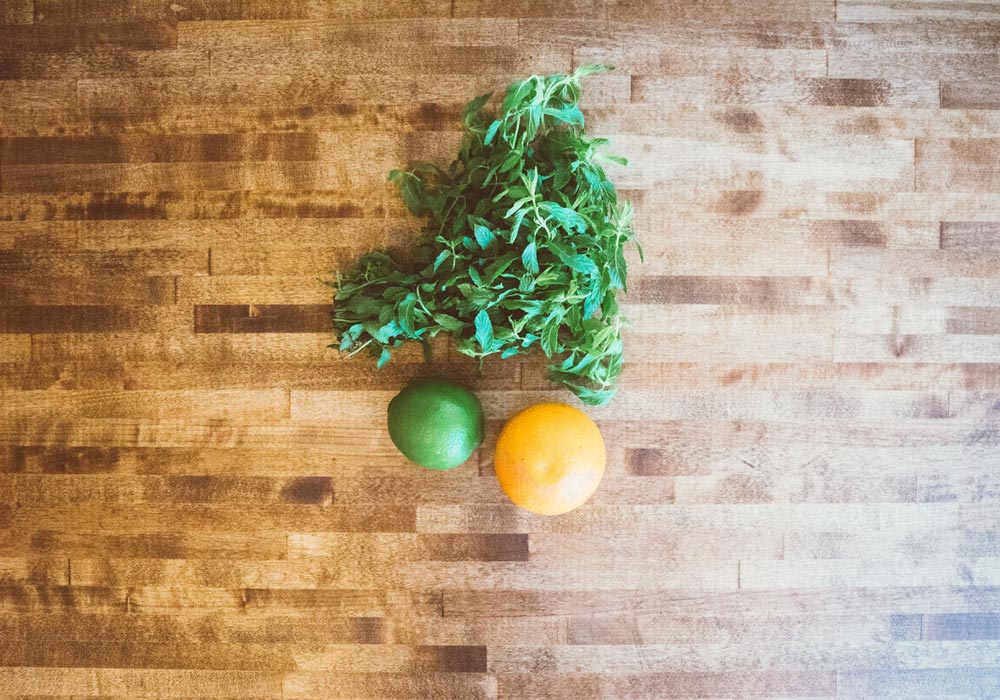Mindful consumption is a subject that has mystified human beings for at least 25 centuries. When the practice was first outlined in Buddhist texts it caught hold and eventually spread throughout Asian population centers. Nowadays, modern versions of mindful consumption (which includes both eating and drinking) sometimes miss the mark in their abbreviated, Internet-friendly forms.
What is the original concept about and how was it first done?
A quick look at ancient Japanese tea ceremony sheds light on the core concept of mindful consumption. At the center of that 11th-century Zen ritual, matcha tea served as a focal point for awareness of one’s entire body, surroundings and frame of mind while having a simple, nutritious drink. Today, many who practice mindful eating are searching for a new way of looking at food. They want to think of food as a means to increasing consciousness, not just a physiological urge.
How to begin?
Here are some tips that can help anyone discover for themselves what it means to be truly aware and fully conscious while drinking and eating.
- If you prepare a meal for yourself, stop and think what it is that you want to eat rather than just falling into a routine of, for example, having the same thing for breakfast everyday. Take your time with the preparation and try not to think of anything other than what you are doing.
- When the meal is ready, wait five minutes before eating. Sit down and either drink a glass of water or just close your eyes and contemplate your body’s physical state.
- After the time is up, try to take the first bite or sip with consciousness. This means not reading while you eat or drink, not speaking to anyone, not doing anything except consuming the meal. Note the taste of each mouthful. Be aware of chewing, swallowing and breathing between bites. Eat slowly.
- Part of mindful eating is body awareness. Note the position of your limbs and torso. There’s no need to sit in any particular way, but be aware of how you are sitting, your feet on the floor, the utensil in your hand, the air temperature, sounds, smells, everything.
- Try to tune in to how full you are. Even though it takes the human brain nearly a half hour to register satiety, we can learn to read our body’s signals and generally know when to stop eating, naturally and consciously.
- Clean dishes with the same attitude of full awareness. Store leftovers and discard waste. No need to “think about” the meal or the cleanup process. Just do it and be aware of it. Mindful eating is not about mental analysis but about sensation and awareness of the present moment.
The “Orange Meditation”
Buddhist master Thich Nhat Hanh is one of the more prominent writers on the topic of mindful eating. He uses an exercise called “the orange meditation” to demonstrate the basic components of what it means to be mindful while tasting and chewing a simple orange. He instructs students to hold an orange in their hand, breathe in and out and be fully aware of their presence. Then, they are told to slowly peel the orange, noticing the cool juice on their fingers, the color of the fruit itself, its smell, its weight and temperature. While chewing the first slice, one is instructed to do nothing but chew and taste, not to think about the past or future. The simplest act of eating is isolated in such a way that life can be seen for what it is, if only for a moment.
A Note on Efficiency
One of the principles of mindful consumption is efficiency, which includes not wasting food. Awareness allows us to prepare meals using just the right amount of ingredients while properly storing leftovers to prevent spoilage. A mindful meal begins long before eating, and continues long after the last bite. Even cleanup is part of the cycle, to be done with attention given to resources and leftovers. Mindful consumption, as a practice, is enjoying a resurgence of interest, having been kept alive by a handful of communities, monasteries and individuals for more than 2,500 years. The practice of mindful eating can rightly be called a gem of human civilization.
* This article has been originally published on Grateful Grazer.
